Riga: A Journey Through Time
Explore the rich tapestry of Riga's history and culture in this engaging free walking tour that unveils the city's hidden gems and iconic landmarks.
Time
3 Hours
Stops
9 Places
Distance
4.1 km
Riga Cathedral (Rīgas Doms)
Riga Cathedral, a masterpiece of medieval architecture, stands as one of the most significant religious and cultural landmarks in the Baltic region.
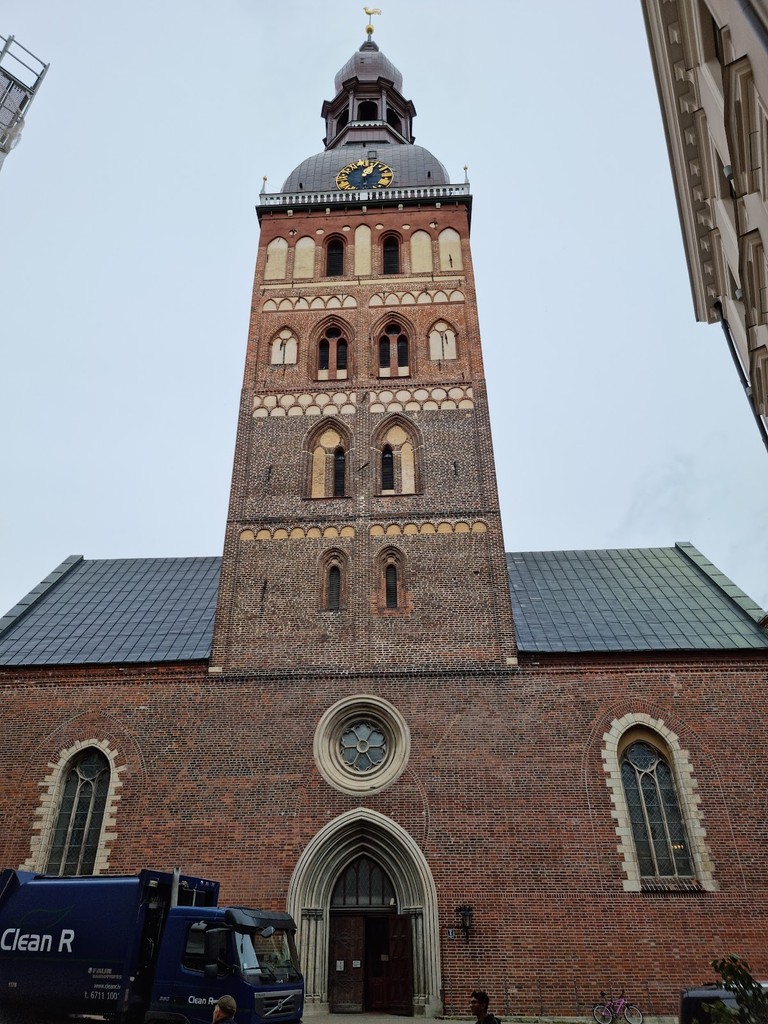
Riga Cathedral (Rīgas Doms) (Source: Google Maps)
Riga Cathedral, known as Rīgas Doms, is a prominent example of medieval architecture and holds the title of the largest cathedral in the Baltic states. Built in the early 13th century, it features a blend of architectural styles, including Romanesque, Gothic, and Baroque elements. The cathedral is renowned for its stunning stained glass windows and a magnificent organ, one of the largest in Europe, which adds to its cultural significance. Over the centuries, it has served various functions, from a Catholic cathedral to a Lutheran church, reflecting the region's religious evolution. The beautiful surrounding gardens and the cathedral's towering spire make it a must-visit landmark in Riga.
The Three Brothers
These three adjacent houses are the oldest complex of dwelling houses in Riga, each representing different periods of medieval architecture.
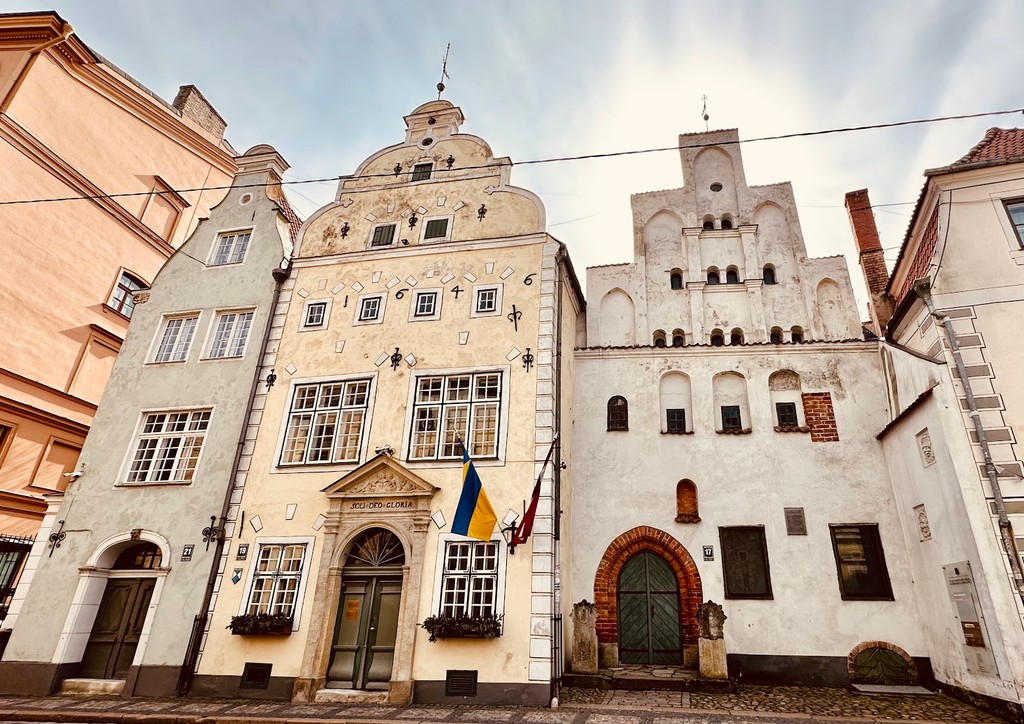
The Three Brothers (Source: Google Maps)
The Three Brothers is a unique architectural complex comprising three adjacent houses, each representing different periods of medieval architecture in Riga. Dating back to the late 15th and early 16th centuries, these buildings are the oldest dwelling houses in the city and showcase the evolution of residential architecture in the region. The first house, with its simple facade, represents early Gothic style, while the second and third houses exhibit Renaissance and Baroque influences, respectively. This trio not only highlights the rich architectural heritage of Riga but also serves as a symbol of the city's historical development and cultural diversity. Today, the Three Brothers houses contain a museum that offers insights into the life and customs of medieval Riga.
House of the Black Heads
This ornate building, originally built in the 14th century, is a symbol of Riga's rich mercantile history and a must-see for its stunning façade.
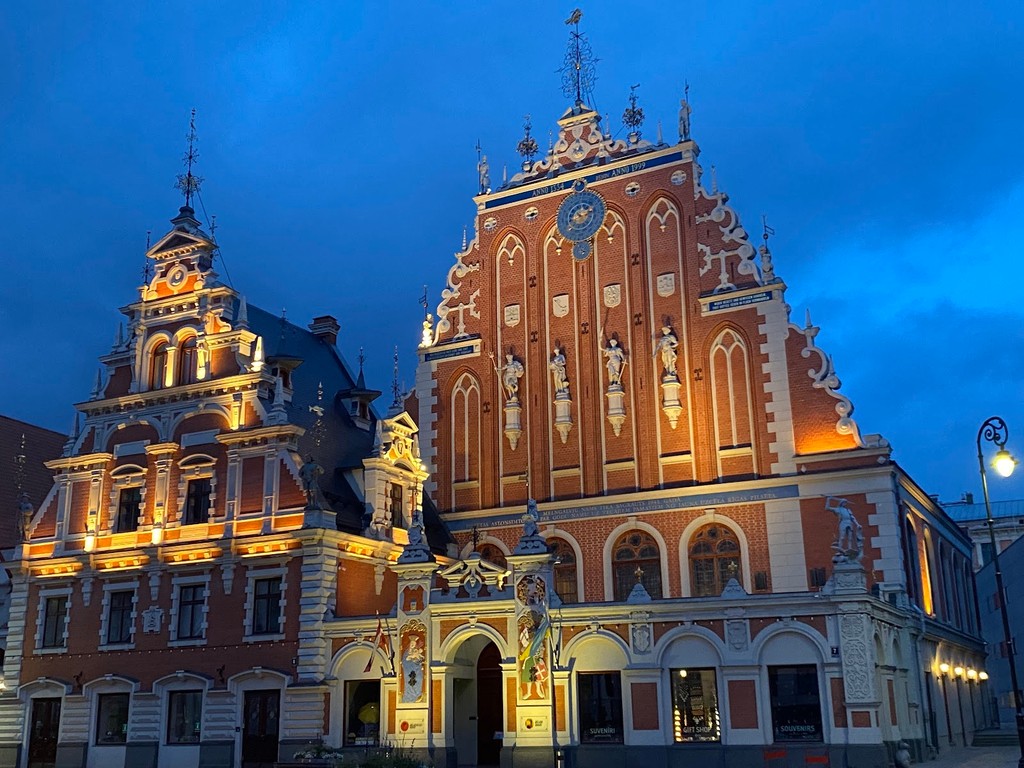
House of the Black Heads (Source: Google Maps)
The House of the Black Heads, constructed in the 14th century, is an iconic building that symbolizes Riga's mercantile history. Originally built for the Brotherhood of Black Heads, a guild for unmarried merchants, this ornate structure is celebrated for its stunning façade adorned with intricate sculptures and vibrant colors. Over the years, it has undergone several restorations, particularly after being damaged during World War II. The building's architectural style is a remarkable example of the late Gothic and Renaissance influences prevalent in the region. Today, the House of the Black Heads serves as a venue for various cultural events and is a popular tourist attraction, showcasing the grandeur of Riga's past.
St. Peter's Church
Known for its towering spire, St. Peter's Church offers panoramic views of Riga and is a testament to the city's Gothic architectural heritage.
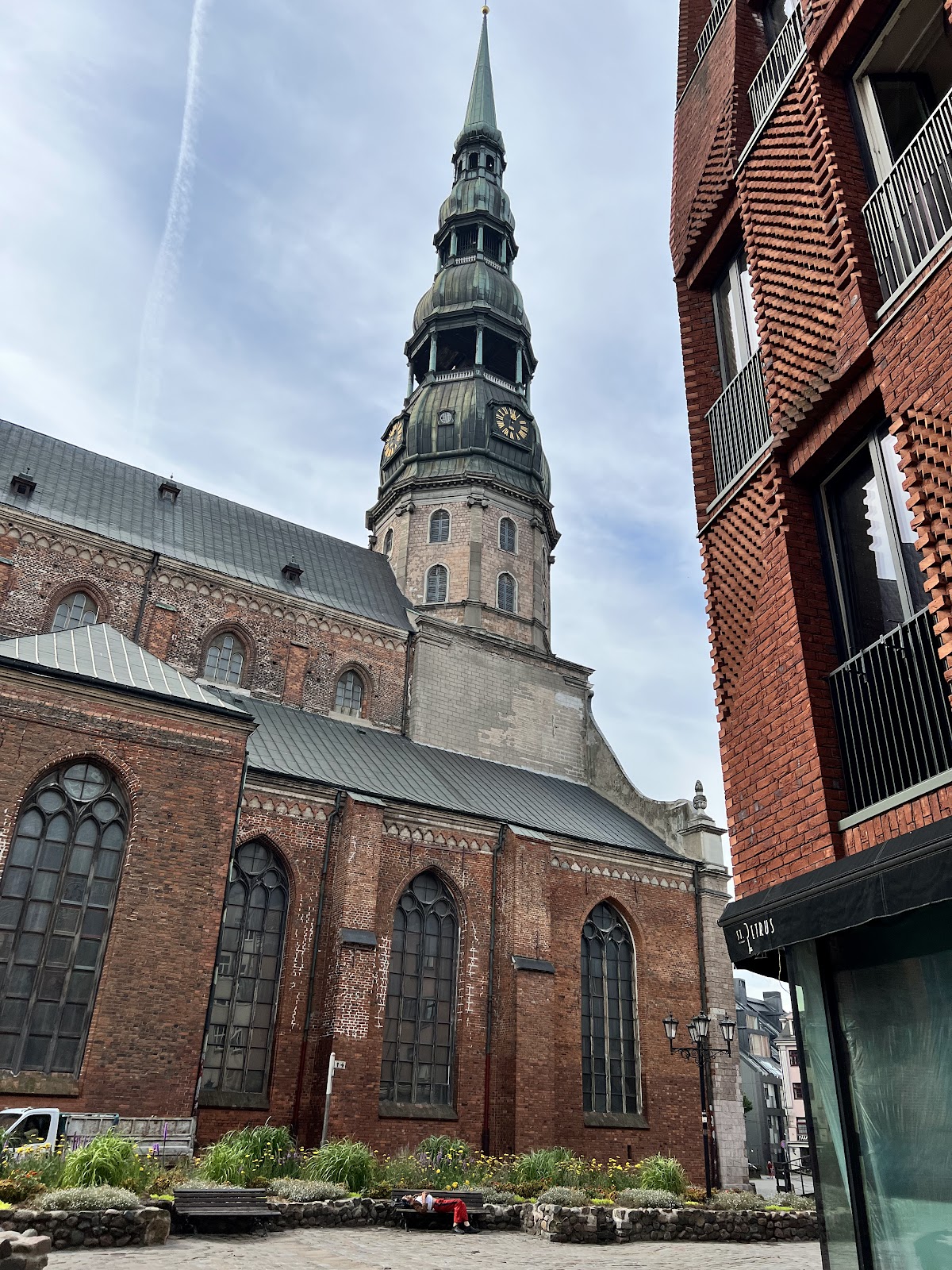
St. Peter's Church (Source: Google Maps)
St. Peter's Church is a remarkable example of Gothic architecture in Riga, renowned for its impressive spire that reaches a height of 123.25 meters, making it one of the tallest structures in the city. The church's origins date back to the 13th century, and over the years, it has undergone numerous renovations, reflecting various architectural styles. Visitors can ascend the spire for breathtaking panoramic views of Riga's skyline and the surrounding areas. The interior of the church boasts beautiful wooden ceilings, intricate altarpieces, and a rich history of music, including performances by renowned composers. St. Peter's Church stands as a testament to the city's religious heritage and architectural prowess.
Riga Central Market
Located in old German Zeppelin hangars, Riga Central Market is one of Europe's largest and most vibrant markets, offering a taste of local life and cuisine.
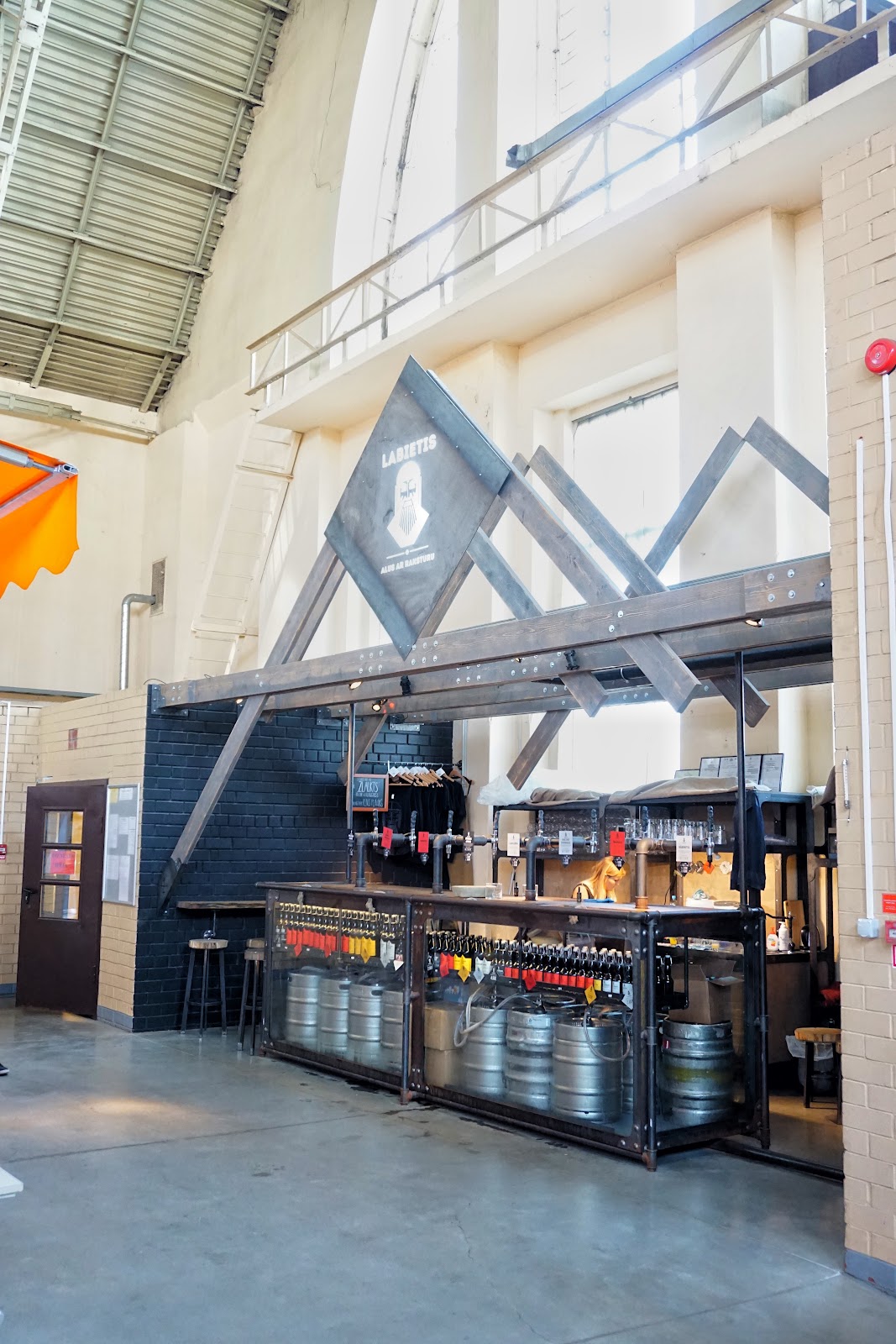
Riga Central Market (Source: Google Maps)
Riga Central Market, housed in former Zeppelin hangars, is one of the largest and most vibrant markets in Europe. Opened in the 1930s, it offers a unique shopping experience, showcasing a diverse array of fresh produce, local delicacies, and artisanal products. The market is divided into five pavilions, each specializing in different goods, from fish and meat to dairy and baked goods. It is a hub of local life, where residents and tourists alike come to experience the flavors and aromas of Latvian cuisine. The market's architecture, with its large hangars and open spaces, reflects the innovative spirit of the era in which it was built. A visit to Riga Central Market is an essential part of experiencing the city's culinary culture.
Latvian National Opera
This elegant opera house is a cultural gem in Riga, showcasing the city's rich tradition in performing arts.
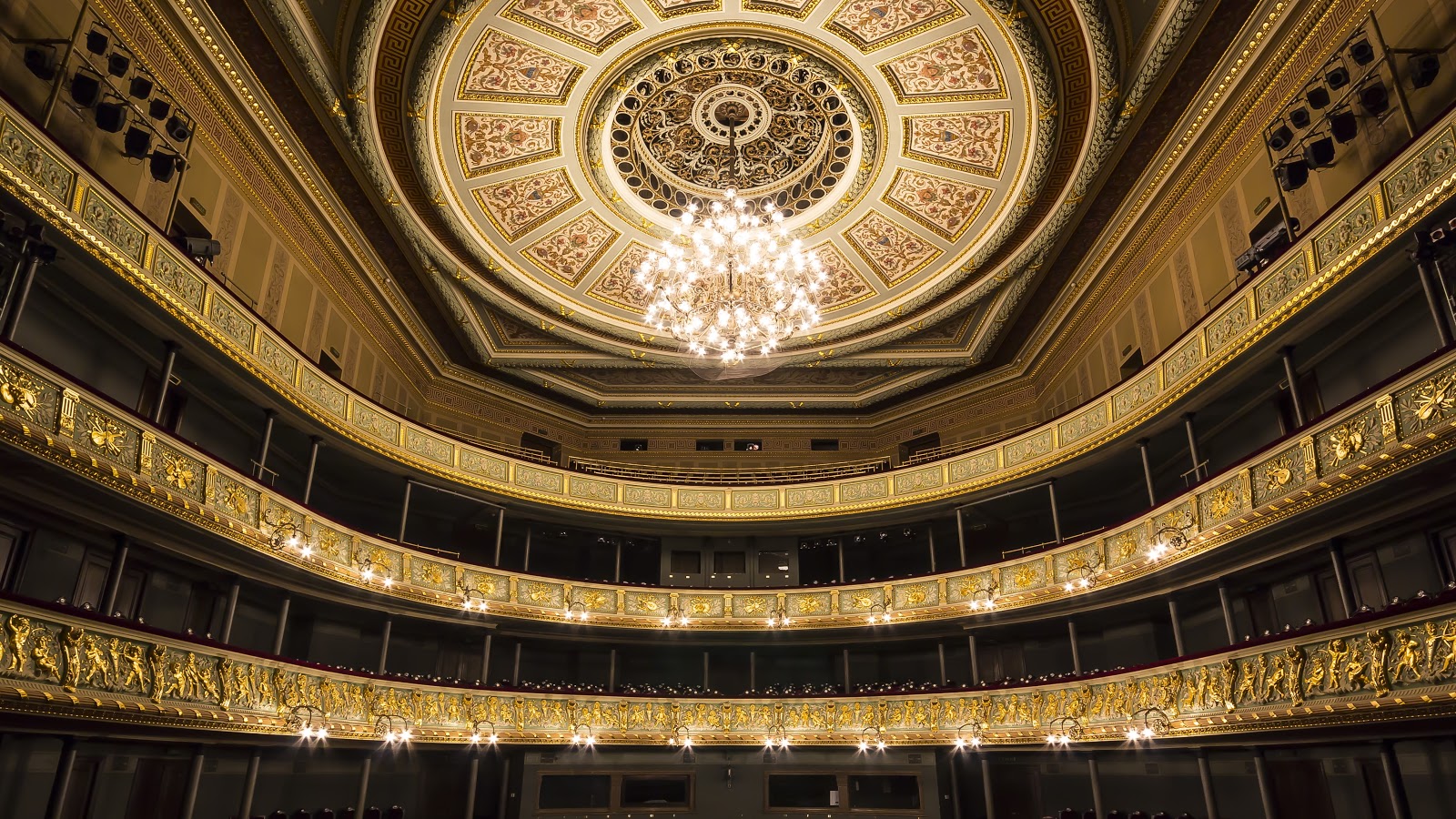
Latvian National Opera (Source: Google Maps)
The Latvian National Opera, established in 1918, is a cornerstone of Riga's cultural scene, showcasing the country's rich tradition in performing arts. This elegant opera house, designed in the neoclassical style, hosts a variety of performances, including opera, ballet, and concerts. The interior is adorned with luxurious decorations, including chandeliers, ornate moldings, and plush seating, creating a grand atmosphere for visitors. The opera house has played a significant role in promoting Latvian culture and has been home to many renowned artists. Guided tours are available, offering insights into the history of the building and the productions staged within its walls. Attending a performance at the Latvian National Opera is a must-do for anyone interested in experiencing the artistic spirit of Riga.
Freedom Monument
The Freedom Monument is a significant symbol of Latvian independence and a key historical landmark in the heart of Riga.
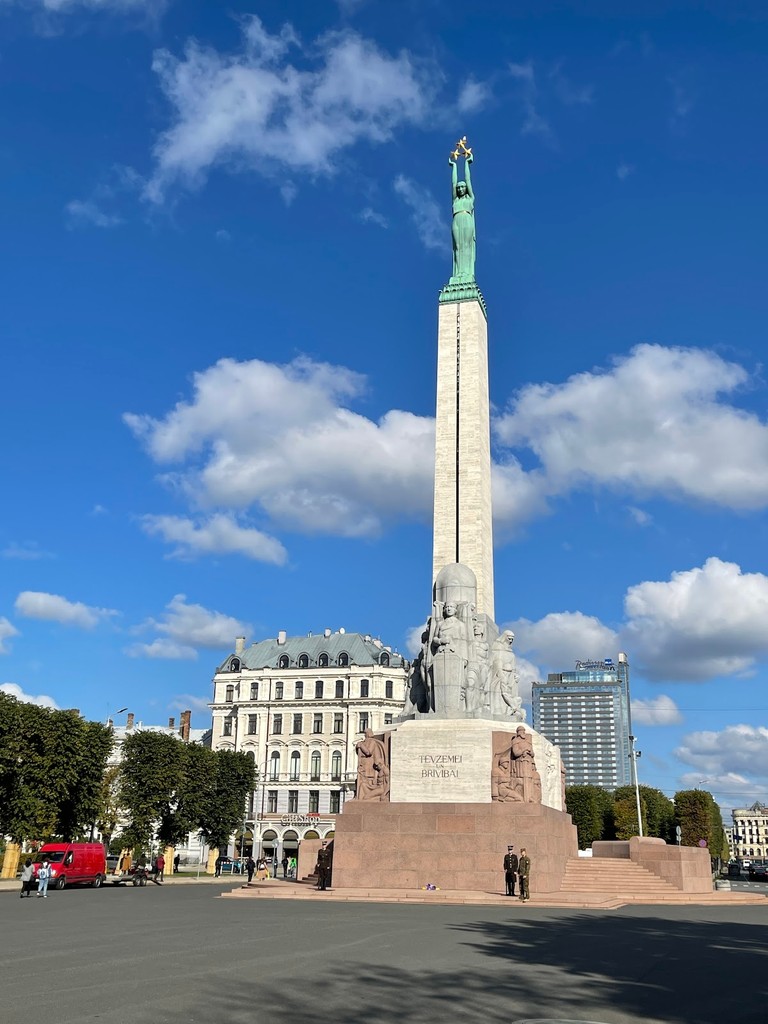
Freedom Monument (Source: Google Maps)
The Freedom Monument, unveiled in 1935, is a significant symbol of Latvian independence and national identity. Standing at 42 meters tall, it commemorates those who fought for Latvia's freedom during the War of Independence (1918-1920). The monument features a female figure holding three stars, representing the three historical regions of Latvia: Kurzeme, Vidzeme, and Latgale. Surrounding the monument are beautifully landscaped gardens that serve as a peaceful gathering place for locals and visitors. The Freedom Monument has become a focal point for national celebrations and events, reflecting the resilience and spirit of the Latvian people. It is a must-visit landmark for anyone looking to understand the history and culture of Latvia.
Bastion Hill (Bastejkalns)
A serene green space in the city, Bastion Hill offers picturesque views and a peaceful retreat from the urban bustle.
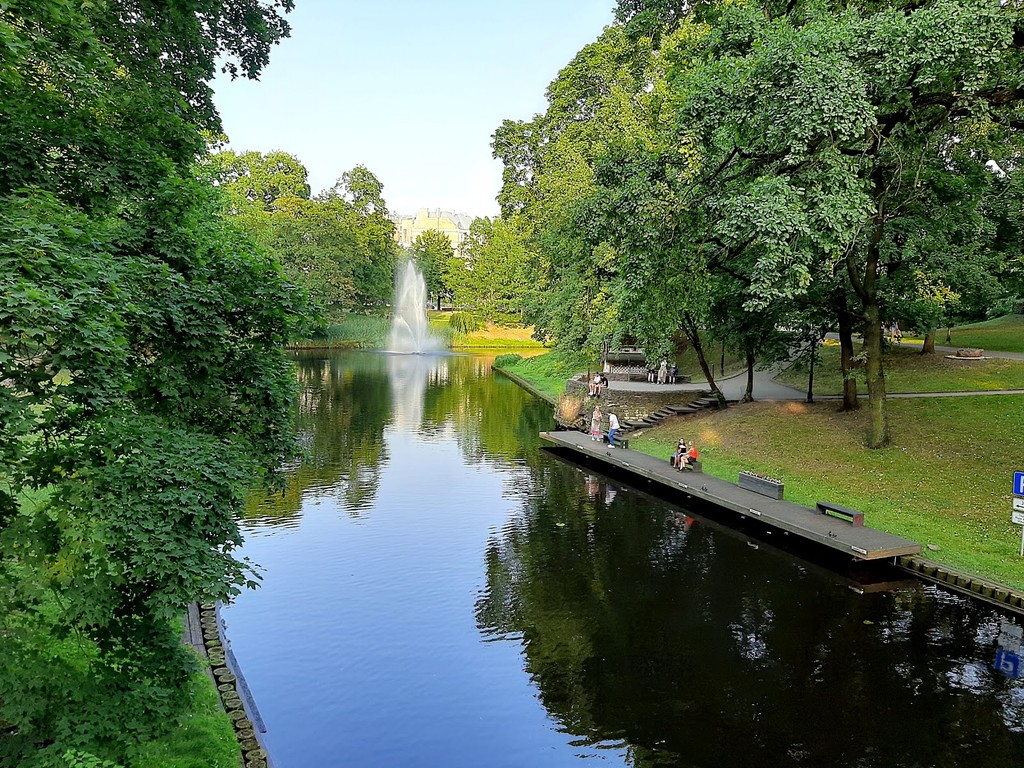
Bastion Hill (Bastejkalns) (Source: Google Maps)
Bastion Hill, or Bastejkalns, is a serene green space located in the heart of Riga. This picturesque park, originally part of the city's fortifications, has been transformed into a beautiful recreational area featuring walking paths, fountains, and lush gardens. The hill offers stunning views of the surrounding area, including the city’s historic architecture and the nearby canal. It is a popular spot for both locals and tourists seeking a peaceful retreat from the urban hustle. The park is also home to various sculptures and monuments that commemorate significant events in Latvian history. Bastion Hill is a perfect place to relax, enjoy nature, and soak in the scenic beauty of Riga.
Art Nouveau District
This district features stunning examples of Art Nouveau architecture, making it a perfect finale to the tour of Riga's cultural and historical highlights.
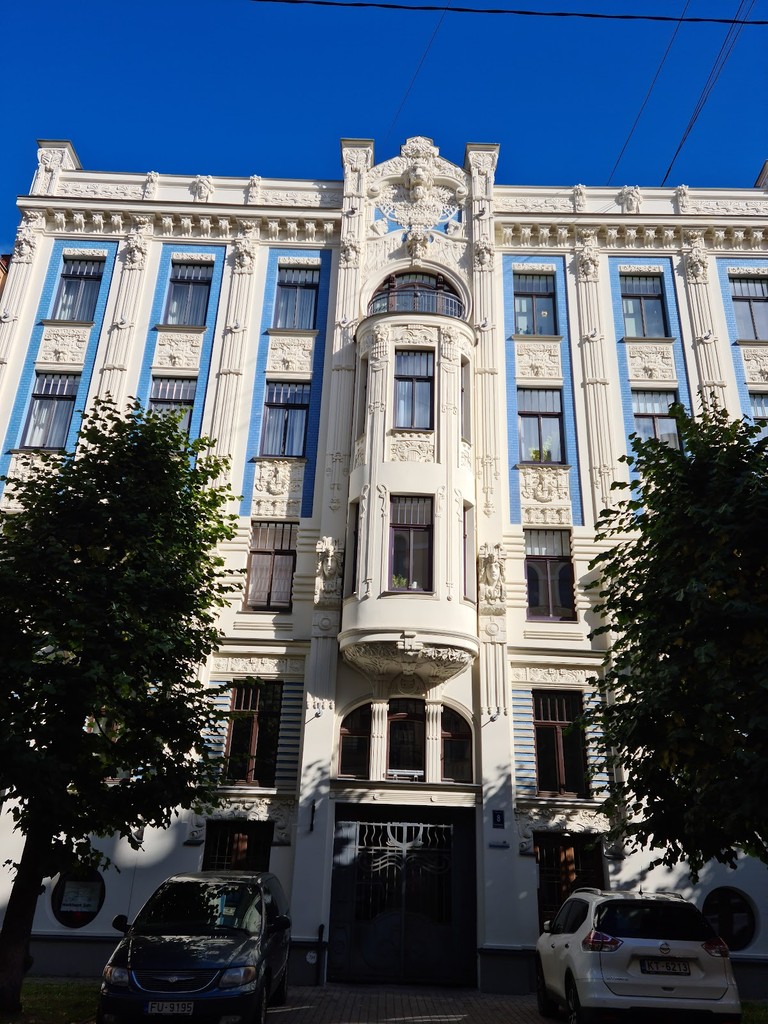
Art Nouveau District (Source: Google Maps)
The Art Nouveau District in Riga is renowned for its stunning examples of Art Nouveau architecture, making it one of the most important architectural sites in Europe. This area features an array of beautifully designed buildings, characterized by intricate facades, decorative elements, and organic motifs that reflect the artistic movement prevalent in the early 20th century. Many of these structures were built between 1904 and 1914, showcasing the creativity and craftsmanship of the period. The district is a UNESCO World Heritage Site, recognized for its cultural significance and architectural beauty. Visitors can stroll through the streets, admiring the unique designs and learning about the history of Art Nouveau in Riga. The Art Nouveau District encapsulates the city's cultural and artistic heritage, making it a fitting finale to the tour.

Your travels, your rules.
Create your own Free Walking Tours.
Set your preferences, distances and anything you want to do or see.
Completely free, no payment required.